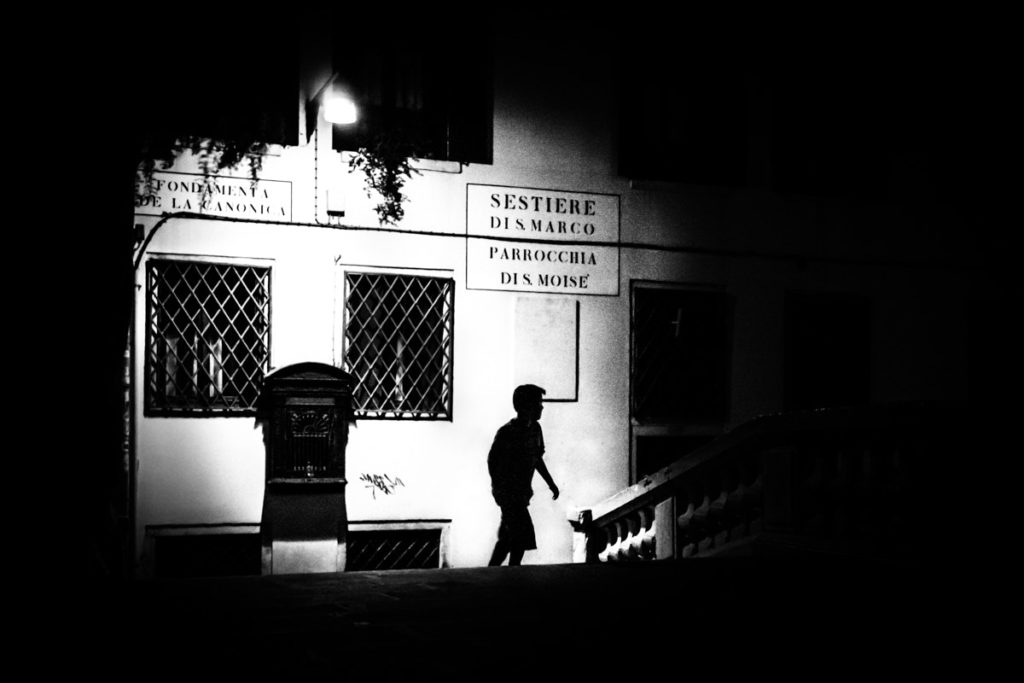Visual art such as painting or photography is often perceived as static, portraying a frozen instant rather than an event in motion; however, this could not be further from the truth, as you may have already seen in some of my Frank Zweegers Workshops or posts. Throughout the ages, art has evolved to become an efficient means of storytelling, and that means portraying a sequence of events of actions, even if all you have is a canvas. The techniques that have been used by painters are by no means outdated, and we can use a similar approach when we learn how to achieve this particular result in the discipline of photography.
Firstly, it is all about the kind of movement you would like to portray; a common way to convey the sense of movement is to capture a single instant in the middle of the action, and you will have encountered that in some instances of my Frank Zweegers photography. Just like a novel can start in medias res, and get the narrative flow going from the very beginning, the same is true of visual narration. For this particular effect, you will want to be extremely quick, as you want your whole image to be in focus and not blurry, creating a sense of tension between the piece of art and the spectator, who can anticipate the outcome. Think, for example, of a vase falling, or a person diving, caught in motion just before they crash into the ground or splash into the water. The implication of the movement will manage to convey the sensation you were looking for.
A common way of portraying movement that I often suggest in my Frank Zweegers classes is to use the element of blurring. Here, it really depends on what you would like to focus on: if you wish to reflect the speed of the subject, for example vehicles moving, you may want to have the background of the image in focus, and a motion blur around the main protagonist. This is particularly effective when lights come into play, as they will leave a clear line of their trajectory. Another tactic I have mentioned in my lessons at the Frank Zweegers studio is the direct opposite, although it might be a bit harder technically: concentrate on the subject moving, like a person running, and move along them, so that they will remain at the centre of the picture while the background will fade; this technique is called panning.
